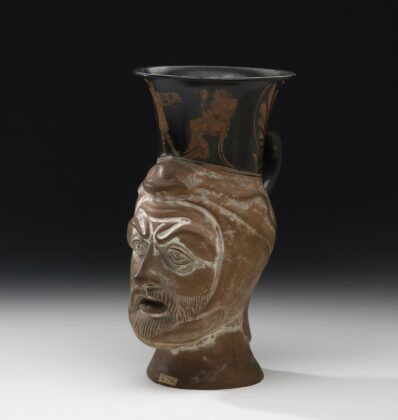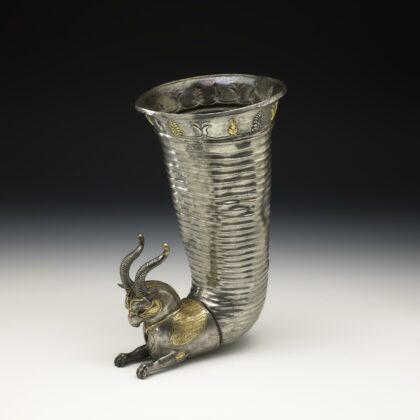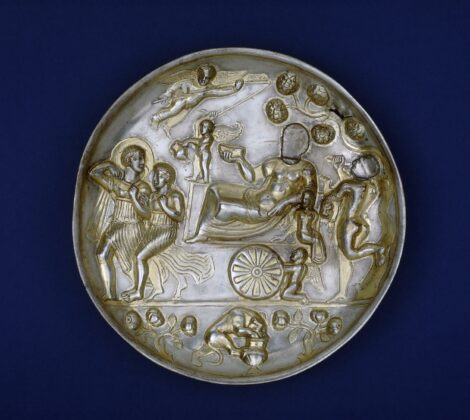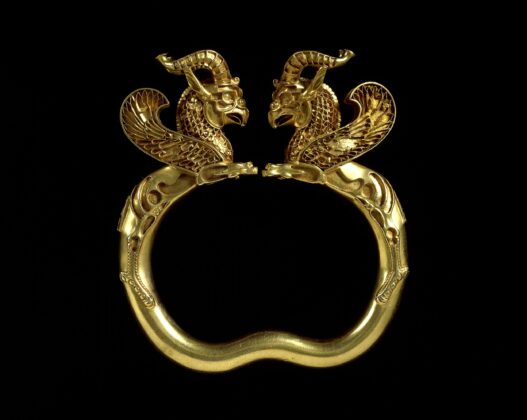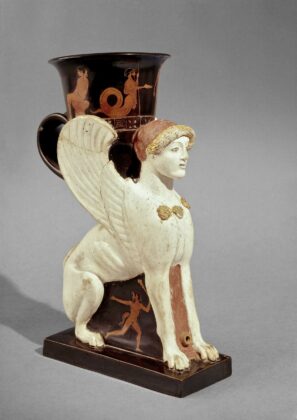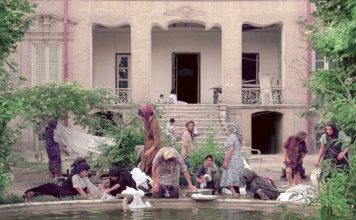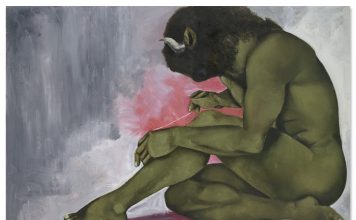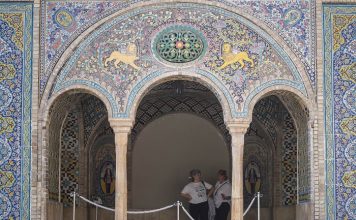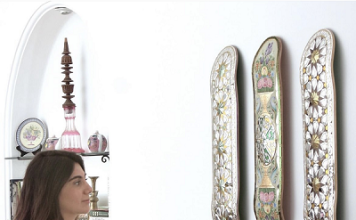By Nazanine Nouri
“Luxury and Power: Persia to Greece” — a new exhibition at the British Museum examining the complex relationship between luxury and power in ancient Iran, in Athens, and during the reign of Alexander the Great — is putting the Achaemenids in the British media spotlight.
“We’ve revered the Ancient Greeks for millennia,” The Observer wrote on May 5. “A new British Museum exhibition shows they were busy looking eastwards…in thrall to what was then the greatest power in the world: the Achaemenid Empire of Persia.”
[aesop_image img=”https://kayhanlife.com/wp-content/uploads/2023/06/2018-02-19T000000Z_825282045_MT1NURPHO000O2TSY9_RTRMADP_3_UK-LONDON-MUSEUM.jpg” panorama=”off” align=”center” lightbox=”off” captionsrc=”custom” caption=”FILE PHOTO: Ancient Persian reliefs in the Persia – Iran section of the British Museum in London, England. (Photo by Nicolas Economou/REUTERS./” captionposition=”left” revealfx=”off” overlay_revealfx=”off”]
“While Greek writers may have denounced Persian displays of luxury, equating them with decadence following the Greco-Persian wars, those in positions of authority across Greek city-states were only too keen to emulate Achaemenid exotica,” The Observer added, “adapting pieces to be compatible with Greek culture in order to enhance the prestige of their cities. In this sense, Persian luxury acted as an early form of what me might consider soft power.”
The show spans the period from 550 BC to 30 BC – a period during which the Persian empire clashed with the cities and kingdoms of Greece before being conquered by Alexander. More specifically, it shows how the Greek soldiers who defeated Persia suddenly discovered dazzling levels of luxury and magnificence which Greek historians subsequently described as symptomatic of Persian decadence and excess.
“This exhibition is a chance to explore beyond these biased accounts and understand how Persians wielded luxury as a political tool across a vast and complex empire,” explained Dr. Jamie Fraser, curator of Ancient Levant and Anatolia at the British Museum.
Persepolis Celebrations Are Focus of New Book by UCLA’s Robert Steele
Drawing on exquisite objects from Afghanistan to Greece, “Luxury and power: Persia to Greece” explores how the royal Achaemenid court of Persia used objects of fabulous luxury as indicators of authority, and developed a distinctive style which, while dismissed as decadent by early democratic Athens, was actually widely adopted throughout the empire in rich and fascinating ways.
It also explores how, after conquering the Persian empire, Alexander the Great ushered in a new Hellenistic age in which eastern and western styles of luxury were fused in an increasingly interconnected world.
In its review, The Times wrote that the British Museum “reintroduces us to the western Asiatic riches of the Achaemenids and their impact on the neighboring Mediterranean world and their immediate successors (one of whom was a little Macedonian guy you may have heard of – Alexander the Great).”
Noting that the first Iranian empire was formed in the late 6th century BC, The Times wrote that the new ruling dynasty “became ‘Achaemenid’ when, after the death of Cambyses II, Darius I bolstered his seizure of the throne with a royal genealogy and a new image.”
“It is the unprecedented scale of conquest, political reach and cultural impact enacted by the Achaemenid kings across vast, multilingual territories over two centuries that is historically interesting,” wrote The Times.
Exceptional loans to the exhibition include the Panagyurishte Treasure from Bulgaria, consisting of nine richly decorated gold vessels: eight rhyta used to pour wine and one bowl to drink it. These outstanding examples of ancient metalworking, accidentally discovered by three brothers in 1949, illustrate the influence of Persian and Greek luxury across the Balkans.
The show also features exquisitely crafted artefacts of gold, silver and glass from the British Museum’s own collections including: a gilt silver rhyton shaped as a griffin originally used as a wine-pourer which reflects the opulence of the Persian court; and an Athenian pottery rhyton in the form of a lion’s head (used as a drinking vessel) emulating and incorporating styles of precious-metal luxury from the Persian court.
“Whether coveted as objects of prestige or disparaged as signs of decadence,” the beauty of these Persian, Greek and Hellenistic luxuries shaped the political landscape of Europe and Asia in the first millennium BC – and influenced “our attitudes to luxury today,” said the British Museum on its website.
“Luxury and power: Persia to Greece” is supported by the American Friends of the British Museum and runs through August 13, 2023.
Empress Farah Republishes Pre-Revolution Memoirs, Discusses Them in Harvard Interview

